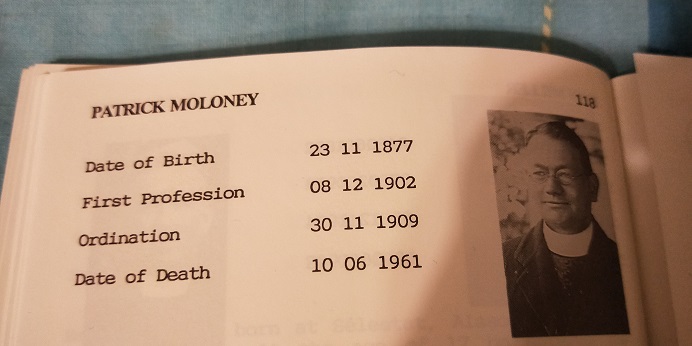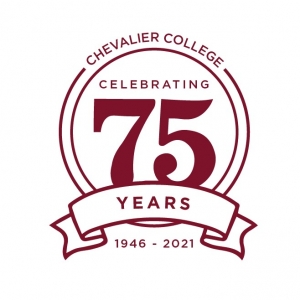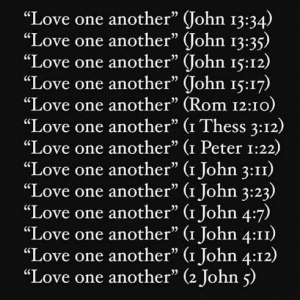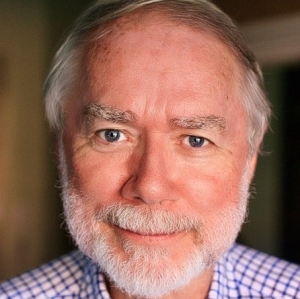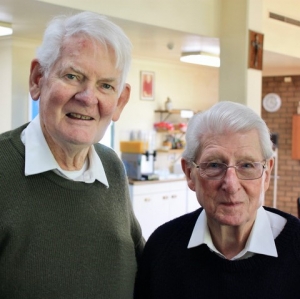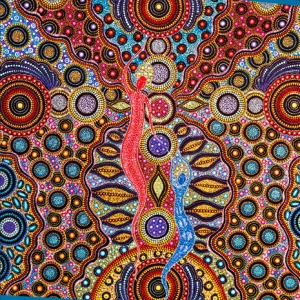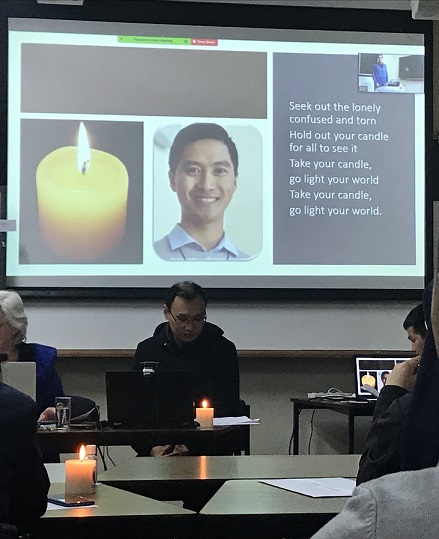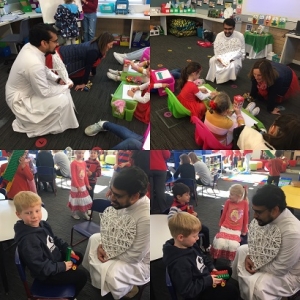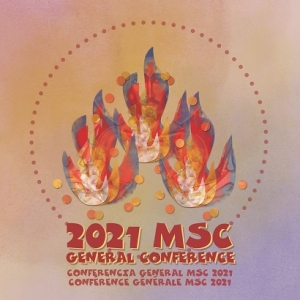Peter MALONE
Chevalier College, celebrating 75 years, 1946-1971.
Chevalier College, celebrating 75 years, 1946-1971.

A photo of the Sacred Heart Statue that has stood at the original entrance to the school for the last 75 years. It stood there overlooking new arrivals as they were greeted by MSC at the main entrance to the old Riversdale House.

It is now in a more central place in the school in front of the Prentice Chapel which was dedicated and consecrated to the Sacred Heart on the Feast of Our Lady of the Sacred Heart in the early 80’s.
It was lowered into place early last Wednesday morning as senior students were arriving for early morning study. The mystery as to what would stand on the sandstone block was revealed!! We have been upgrading the lawn space around the chapel: new grass; trees etc. our thanks to Kimi Vunivesilevu msc who generously provided a replacement statue for the plinth in front of Riversdale House.

This all part of the evolving history of the school as it celebrates its 75 Years of life, education, teaching and learning. John Mulrooney msc.

Photos: some history, and celebrating the Feast of the Sacred Heart, 2021.
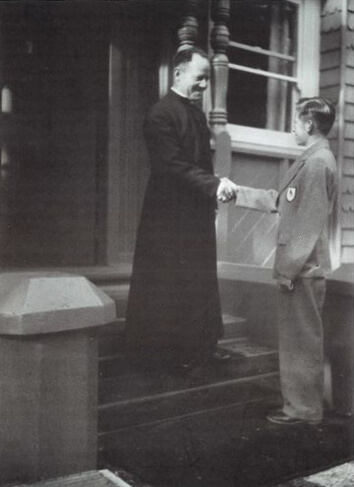
First Rector, Fr Harry Reid MSC welcomes the first student
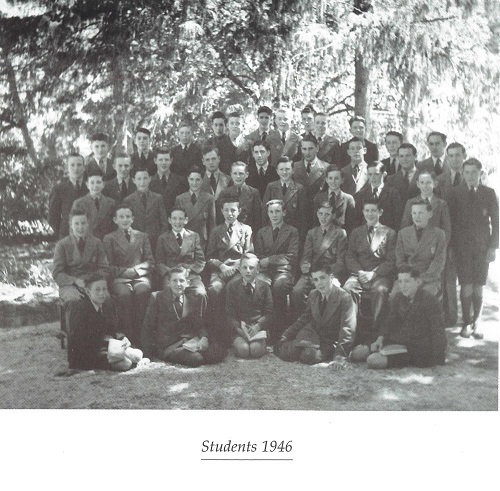

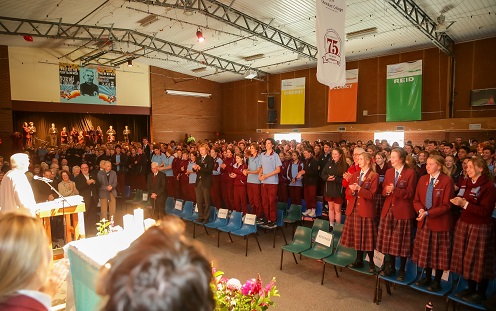
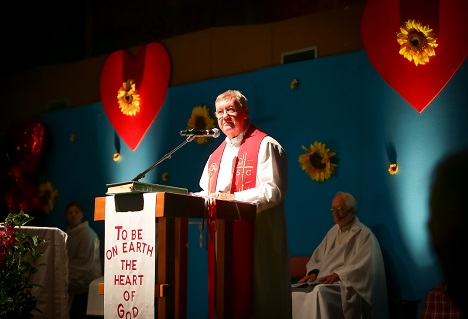
Fr John Mulrooney, College Chaplain

Fr John Franzmann
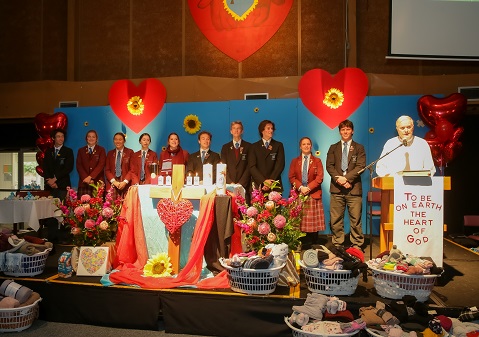
Fr Bob Irwin
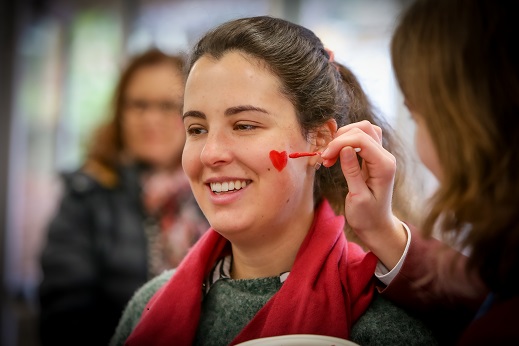
First Friday of July. A Heart ready.
First Friday of July. A Heart ready.
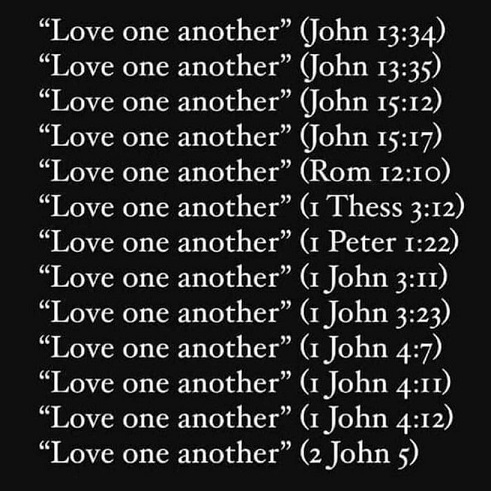
From the letter of the general Council, December 8, 2020, An Open Heart for a Time of Lockdown:
Either we make this time of suffering a time of learning or we will continue in the same way. From the great trials of humanity – among them this pandemic – one emerges better or worse. You don't emerge the same.
“I ask this of you: how do you want to come out of it? Better or worse?", Questioned Pope Francis.
Chevalier Family Justice and Peace, Poster and Intention for July
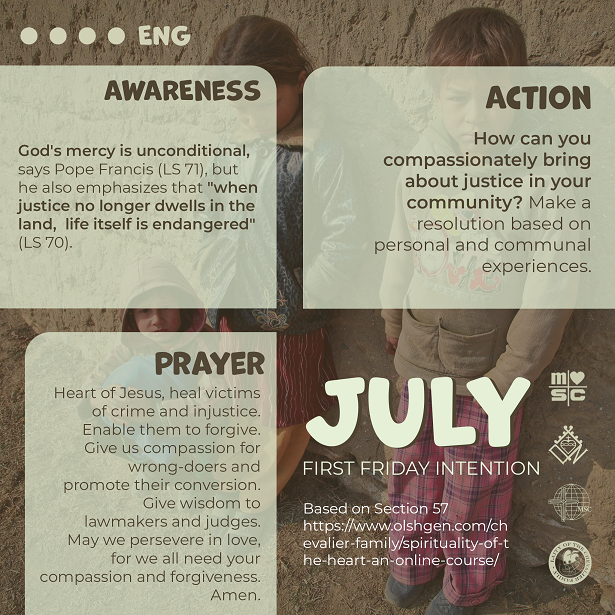
Since then, we have certainly come a long way in this learning process, personally and as a community. We have learned to live with a number of restrictions and we have found ways to help our more isolated confreres or those who are struggling because of the pandemic. Little by little, we have mastered the means of communication better. A lot of creativity has been deployed.
“The life-giving breath of the Spirit does not enter hearts closed by ignorance, prejudice, cynicism or fear. The Missionary of the Sacred Heart has a heart that is ready to cross over to the other side. Heart missionary has a heart that is ready to go through all environments, to meet all kinds of people because they all matter. (See chapter 2, Constitutions.)

NATSICC award to Leo Wearden MSC
NATSICC award to Leo Wearden MSC
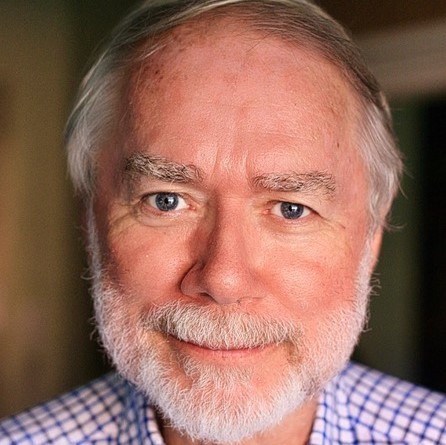
Letter from Malcolm Fyfe MSC, Vicar General of the Diocese of Darwin
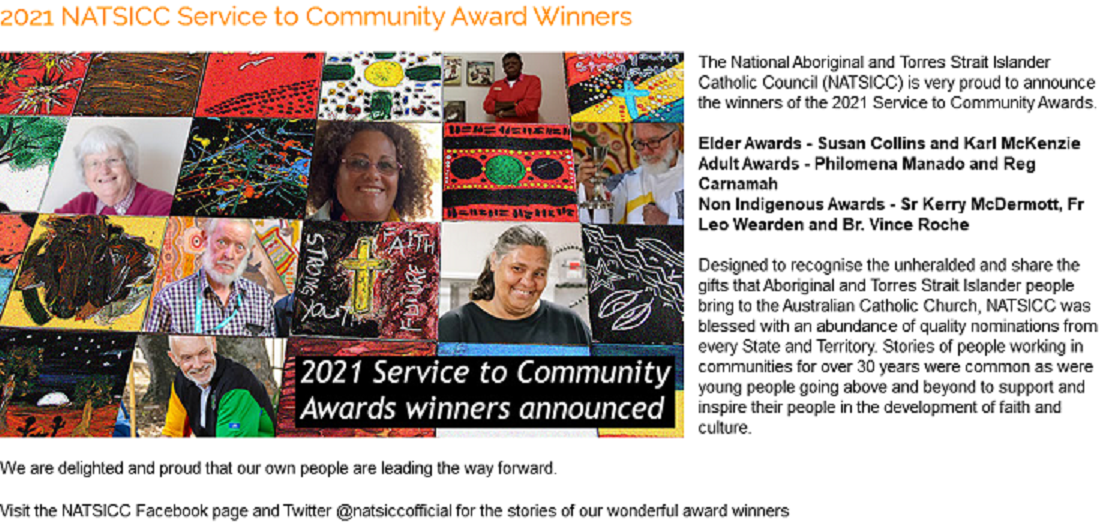
Aboriginal and Torres Strait Islander Sunday Celebrations (4 July),
I write to remind you that this Sunday is Aboriginal and Torres Strait Islander Sunday. You can easily access a wealth of resources that will enable you to acknowledge and celebrate this annual event. The following paragraph is copied from the NATSICC mail-out:
”The COVID-19 Pandemic forced us to think differently about the ways in which we connect with each other. It also made clear our need to stay in touch and stay connected. For NATSICC, the resulting shift in focus meant that, for this year’s Aboriginal and Torres Strait Islander Sunday Celebrations (4 July), we have been able to create multimedia components to complement our hard copy Aboriginal and Torres Strait Islander Sunday resources. For Parishes, Schools and organisations, the result is that we will be able to connect with you and your congregations like never before through video, music and imagery. Please see below and visit www.natsicc.org.au to access the resources.”

And Special Congratulations to
Brother Vince Roche CFC and
Father Leo Wearden MSC on their being recognized in a special way, namely as Winners of the non-Indigenous NATSICC Awards
Again I quote from the NATSICC mail-out:
“Br Vince Roche and Fr Leo Wearden In what seems to be award season in Wadeye, two much loved and respected men are the latest award winners from this remote Northern territory Community. Br Vince Roche and Fr Leo Wearden are both winners of the non Indigenous NATSICC Service to Community Award.

Vince Roche
Br Vince Roche has lived for almost 40 years in the remote communities of Wurrumiyanga on the Tiwi Islands but mostly at Wadeye (Port Keats). This year 2021 marks 40 years since the Christian Brothers began ministry at Wadeye. In many ways his constant and faithful service goes unnoticed but the people of Wadeye hold Vince in the highest esteem. He initially taught at the schools in the communities. He later moved into Adult Education programs. He has been a crucial contact person for families who have had their children attend boarding schools interstate such as Worowa Aboriginal College in Vic Vince is always available to the many people who knock on the door of his house and he inspires all of us with his consistent and quiet service of all who come his way. He is a trusted advisor to many and he continues to assist people with the challenges experienced in remote communities where his knowledge and experience with application forms for setting up bank accounts, mobile phones and tax payments and the demands from Government bureaucracies are treasured. The Church leaders at Wadeye have nominated Br Vince for this award.

Recent Photo portrait, John Walker MSC
Fr Leo Wearden
Fr Leo has been Parish Priest at Wadeye for around 15 years. Previously he was on Bathurst Island for 10 years. He is totally committed to making Jesus present in the Indigenous Communities of the Northern Territory. He is a kind, generous and respectful man, sensitive to the cultural needs of the people, and humbly walks with them in times happy and sad. He has been invited by Traditional Elders to say Mass and bless the candidates for cultural ceremonies. This is an indication of the high esteem in which he is held by the community. He will often be invited to say a home Mass on occasions of bereavement and anniversaries. Father willingly celebrates Mass on homelands, at the local school on special Feast Days. He has learned the local language, and leads prayers and sings in Murrinhpatha. During a recent period of ill health, the people missed him greatly and greeted his return with banners and songs of welcome.”
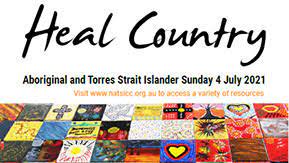
Congratulations: 60 years ordained
Congratulations: 60 years ordained

The ordination group of 1961 has its 60th anniversary of ordination. Adrian Meaney and Kevin Barr have died. Brian Taylor celebrates in Japan, Russell Andersen in Eastern Papua, Paul Castley in Kew, covid preventing him joining Patrick Sharpe and Michael Fallon at Kensington.
This photo shows the group in 1961 on the steps of Croydon Monastery Chapel.
We salute each of this group and acknowledge their extraordinary ministries: almost 60 years in Japan, almost 60 years in Eastern Papua, substantial time in the Northern Territory, New Guinea, Fiji, schools – Daramalan, Chevalier and Monivae in the 1960s, involvement in art and chaplaincy, Clinical Pastoral Education, Supervision and Spirituality, University Chaplaincy, books and commentary on Scripture and Theology. And, of course, the establishment and the extraordinary international expansion of the MSC Mission Office (watched over now by Adrian from Heaven).
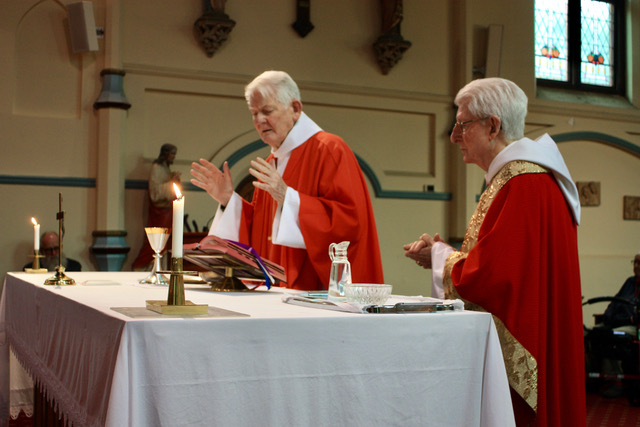

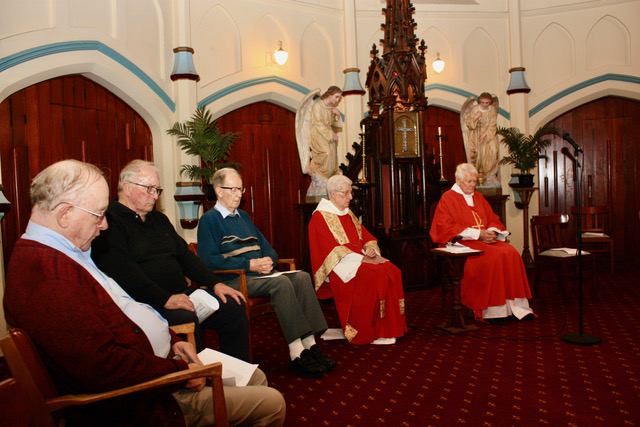
Celebrations at Kensington, photos courtesy of John Walker MSC. (Presence limited by Sydney’s lockdown.)


Meanwhile at Amici restaurant on Burke Rd, Camberwell Junction. Paul and the Kew community, (Melbourne not in lockdown!)

The evangelising power of Christian art - Stephen Hackett MSC
The evangelising power of Christian art - Stephen Hackett MSC
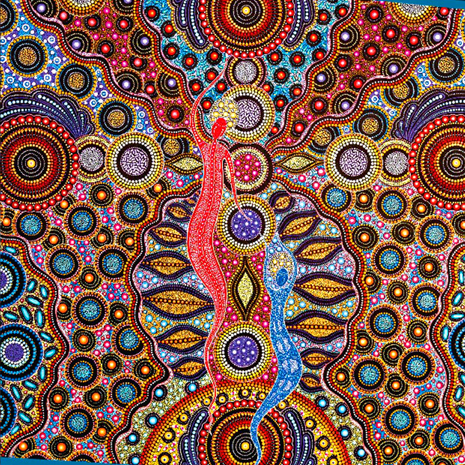
Jesus said nothing about art. He did, however, speak using images that were at once familiar enough to be grasped and yet evocative enough to provide a glimpse of the mystery about which he was speaking – God, the Kingdom, the Temple, the Cross, eternal life.
The Church, from early times, turned to art in its life, worship and mission. Art, in the form of figurative and symbolic images, was used to portray or signify important people, places and events in the Christian story. Art, in images of the Scriptures, the saints and history was used to catechise. Art, in churches and other sacred places, was used in a sacramental way to make present and to honour those whose images were portrayed – Christ crucified, the Virgin Mary, biblical figures and the saints.
Across the centuries and across cultures, art has connected Christians of every generation with the story of salvation in Jesus Christ in which they participated in their own time and place. Art has heralded new beginnings and, after periods of darkness, given rise to a fresh impetus to rebuild the Church and to evangelise anew. And art has faced challenges – from iconoclasts who wanted to rid the Church of images and, in our own time, from those who regard art as a commodity to be traded or exhibited but not as a bearer of meaning, or of beauty, or of Christian culture or of the mysteries of faith.
Just as the printed word requires a certain literacy to be intelligible, so, too, does art. The more Christian symbolism is embedded a work of art, the greater the artistic literacy that is needed to comprehend the meaning of the artwork. Yet art cannot be limited to what is immediately comprehensible, for the beauty of art is first apprehended, speaking as it were to the spirit rather than to the mind.
This is one way in which art serves to evangelise, as the encounter with art draws forth a person’s deeper desire or longing, which one way or another is for the transcendent “other” whom we know to be God.
In this way, art evangelises by prompting or impelling someone to see, to recognise what, or actually who, it is that they are longing for. The beauty that is experienced in the encounter with art is of the essence in this process of evangelisation, as beauty transforms us by touching us so profoundly as to effect conversion. Pope Saint John Paul II explained as much in his Letter to Artists of 1999, where he wrote:
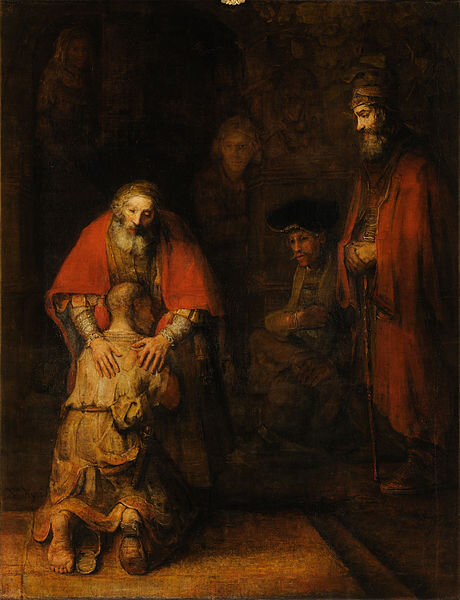
The Return of the Prodigal Son, by Rembran(d)t Harmenszoon van Rijn, c. 1669.
Beauty is a key to the mystery and a call to transcendence. It is an invitation to savour life and to dream of the future. That is why the beauty of created things can never fully satisfy. It stirs that hidden nostalgia for God which a lover of beauty like Saint Augustine could express in incomparable terms: “Late have I loved you, beauty so old and so new: late have I loved you!”.
Another way in which art evangelises is by capturing the attention of the Catholic imagination, which is incarnational, and so open to expression via artistic media. It isn’t an escape from what is real into fantasy. Rather, it can open the way by which a person engages with what is real in a deeper, more profound sense, drawing a person beyond what is seen to all that is beyond. Whether encountering a pious picture not regarded as having artistic merit or a work of art recognised for its greatness, the Catholic imagination makes present what is signified. Rembrandt’s The Return of the Prodigal Son and the depiction of the Divine Mercy inspired by St Faustina’s vision of Jesus in 1931 each draw the viewer beyond the image to the mercy of God revealed in Jesus Christ.
The Catholic imagination relies on Christian remembrance, which serves to evoke the story of salvation in Jesus Christ as attested to in Scriptures and celebrated in the liturgy. It manifests an openness to the revelation of God in Jesus and in history.
The home of the Catholic imagination is the Church, because the home of the Scriptures and the liturgy is the Church. The Catholic imagination does not spring from philosophy or theology – though it may be studied within these disciplines – and even less from the realm of abstract ideas, but from faith lived in the communio of the Church.

Christ our Joy, painted by Amunda Gorey. Copyright: Australian Catholic Bishops Conference.
Lastly, art can be created to intentionally evangelise by encouraging people to reflect, pray and act. In this sense, art is not just illustrative but is formative. The painting entitled Christ Our Joy by Indigenous artist Amunda Gorey was commissioned for the Australian 2018 Year of Youth to evangelise by focusing attention on the call of Pope Francis to young people and the Church to “open new horizons for spreading joy”.
Art helps us transcend our horizons so that we “see” God in new ways, or at least in ways that seem new. Art takes us out of ourselves as well as leading us deep within ourselves to encounter afresh the mystery of God. Art touches us with its beauty and draws us to beauty’s source in Jesus Christ. Art evangelises.
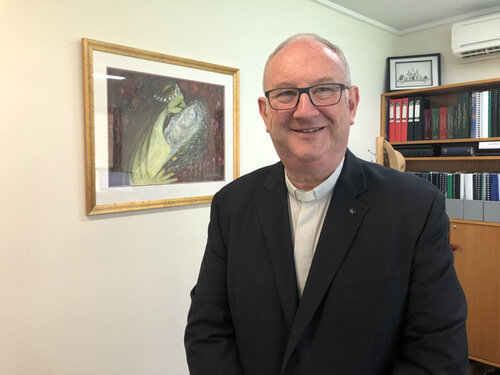
Fr Stephen Hackett MSC is the General Secretary of the Australian Catholic Bishops Conference.
This article was published in The Bridge, the e-publication of the National Centre for Evangelisation.
Images: Supplied by Stephen Hackett MSC
Congratulations, Trieu Nguyen MSC, Graduate, English as a second language
Congratulations, Trieu Nguyen MSC, Graduate, English as a second language
Trieu is now a distinguished graduate of the English as a Second Language for Pastoral Ministry School at the Yarra Theological Union. Trieu studied there in his pre-novitiate year, 2019.
Trieu will begin his theological studies at YTU next semester, joining Daniel who has successfully completed his first semester there.
Midwinter visit to some MSC Parishes – a variety of activities
Midwinter visit to some MSC Parishes – a variety of activities
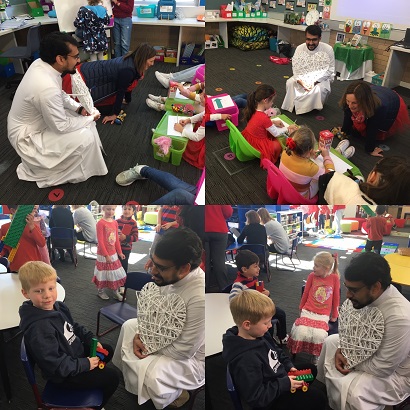
Peter Anthony at North Randwick
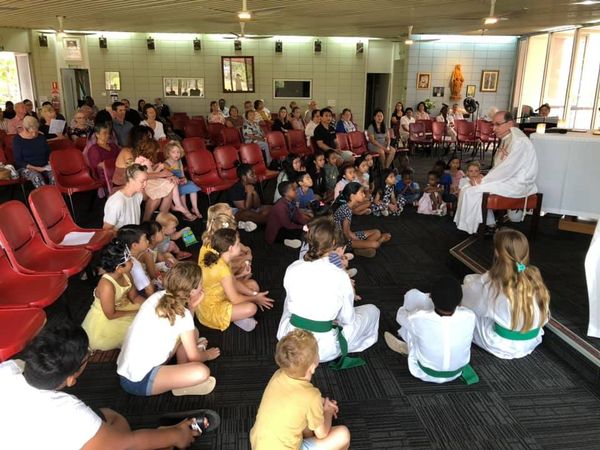
John Kelliher at St Paul’s Nightcliff

Terry Bowman, Kensington, with OLSH Provincial, Philippa Murphy.

Ecumenism at Kippax, Anglican Mark Short, Catholic Christopher Prowse
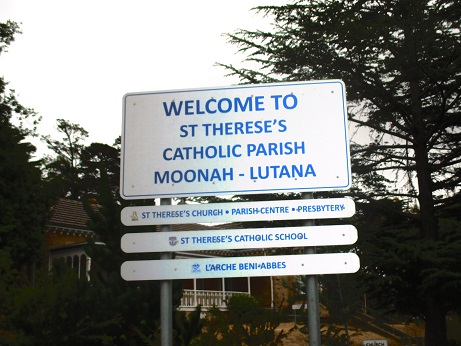
Come to Moonah, St Therese.
Participating from the Crying Room at St Thomas, Blackburn, Photo Trieu Nguyen.
And now, for something completely different! OLSH, Henley Beach.

LOVE IN A BAG (A regular request but a variety of products)
The collectible items this weekend are TEA, COFFEE or MILO.
Please bring them on the weekend and place in the tubs at the back of the Church.
Thank you
Rest in Peace, Bishop Paul Mea MSC, Tarawa and Nauru
Rest in Peace, Bishop Paul Mea MSC, Tarawa and Nauru
Shared from the Province of the Pacific Islands·
The first native and MSC Bishop of the Diocese of Tarawa and Nauru Bishop Paul Paul Eusebius Mea Kaiuea passed away at 5am this morning Thursday 24th June, Solemnity Feast of the Nativity of St John the Baptist. Bishop Paul Mea was born 16 December 1939 in Beru. He was ordained in 1969 a priest of the Missionaries of the Sacred Heart. Mea was then appointed as the parish priest of North Tarawa.
His work brought him to the attention of French Bishop Pierre Guichet. In 1978 he succeeded him as the bishop of the diocese when it encompassed all of Gilbert Islands soon independent Kiribati, Nauru, and Tuvalu. In 1982, Tuvalu was removed from the jurisdiction of the diocese. In 2020, he became emeritus after resignation and succeeded by the Bishop Elect Koru Tito.
Our deepest sympathy and condolences to the Diocese of Tarawa and Nauru and the people of Kiribati. Our prayers and masses are with you in this time of great grief and sorrow.
MSC GENERAL CONFERENCE, END OF PART I
MSC GENERAL CONFERENCE, END OF PART I
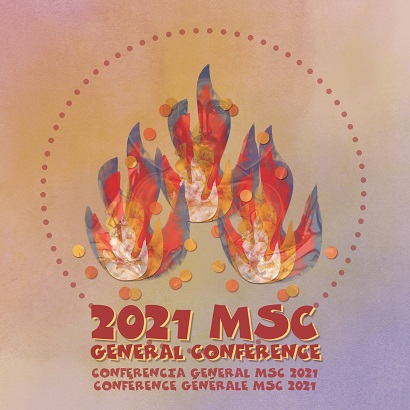
We have completed the first part of the MSC General Conference. These are held every two years in between General Chapters. The last one, two years ago, was in South Korea. This year was to be held in Brazil but we had to go on line because of the pandemic. There were 44 participants altogether, General Council and other members of General Administration, all the Provincials and Leaders of Unions. We hosted the Conference from here with Brett Adamson, Kenji Koda, and myself here in Australia and Ireneo Lee from South Korea, Michael Angelo Acera from the Philippines Tiago Donizete from Brazil. We were working in the background to make sure things kept running smoothly.
The Conference is divided into three sessions, three days in June (just completed) three days in August and five days in September. The sessions went very well. Chris Chaplin, along with Humberto Henriques from Brazil, who are both members of the General Council, were the facilitators.
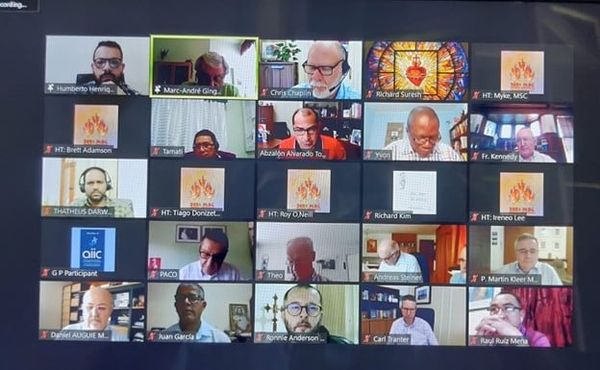
Carl Tranter, Irish Provincial, writes Just a quick note to thank you both, and indeed all the hosting and preparatory team, for an excellent first session to the Conference. Despite the many challenges and constraints, it went really well and you have made the most of the available technology to facilitate good participation. I hope you feel satisfied with the first session. Inevitably there will be learnings, and things that can be improved, but as a start it was really excellent. Well done, and thanks for what I know has been a huge effort.
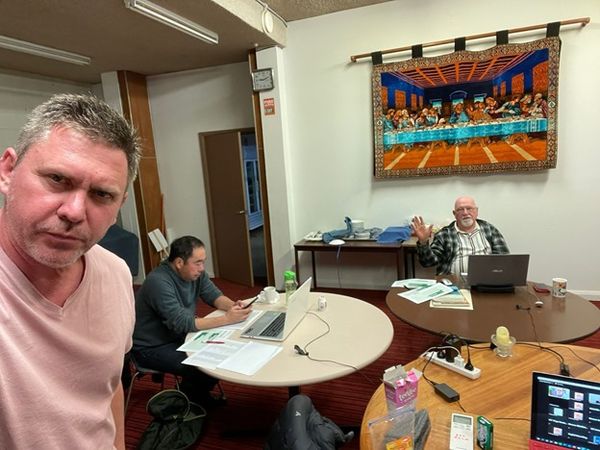
Behind the scene, Brett Adamson, Kenji Konda and Roy O'Neill
Watching in the background I was amazed at what can be achieved with the Zoom technology. Just like a face to face Conference, there was instantaneous translation in three languages – English, Spanish, French, - breakout rooms where participants went into their own language groups before returning to a plenary session. We go back for the session in August beginning on 4th.
Fr Roy John O’Neill MSC
Hosting Co-ordinator
2021 General Conference Missionaries of the Sacred Heart
An enjoyable anecdote: Fr Paddy Moloney MSC and the inspiration for The Old Mass Shandrydan
An enjoyable anecdote: Fr Paddy Moloney MSC and the inspiration for The Old Mass Shandrydan

Recently, we highlighted the 60th Anniversary of his death and his pioneer mission work in Central Australia with aboriginal people. Perhaps our international visitors to our site do not know of the famous book of ballads, Around the Boree Log, by John O’Brien (Monsignor Patrick Hartigan). These comic poems offer pictures of the Catholic Church in Australian Catholic Communities in the country.
One of the best-known ballad, about a family and its carriage getting to Mass, The Old Mass Shandrydan.
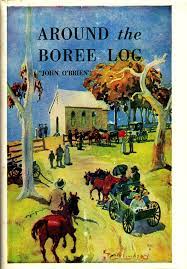
It was inspired by a sermon preached in Albury by the Rev. Father P. Moloney, M.S.C., of musical stick' fame. (Father Moloney invented a 'stick' with prongs for striking chords as an aid to learning piano-playing.) Father Moloney's sermon was
about the Holy Sacrifice of the Mass. In praising the fidelity and loyalty of the old Catholics, he told the congregation of his own experiences as a boy in South Australia; how his mother, long before dawn on Sunday mornings, would be
'Rousing sleepy heads from
blankets, washing faces, doing hair,
Scolding, coaxing, bustling,
breathless in her hurry everywhere.'
No problem was too difficult when it was a question of getting her 'brood' to Sunday Mass . . .
'But she kept the tumult under till
she had us spick and span,
Packed like pickles in a bottle in
the Old Mass Shandrydan.'

When Father Moloney left the pulpit, Father Hartigan had the outline of the poem in his head and some of the verses already formed.
And when 'Around the Boree Log' finally rolled off the presses, he sent a copy to Father Moloney with an inscription on the fly-leaf:
'To the instigator from the perpetrator.'
How John O’Brien wrote Around the Boree Log. Catholic Weekly May 22 1952.
PS. On Fr Moloney’s famous music stick. In the late 1950s he was living at Sacred Heart Monastery, Croydon, playing the piano with his stick, mainly Galway Bay. Some of us who were trying to study nearby never want to hear Galway Bay again!!
